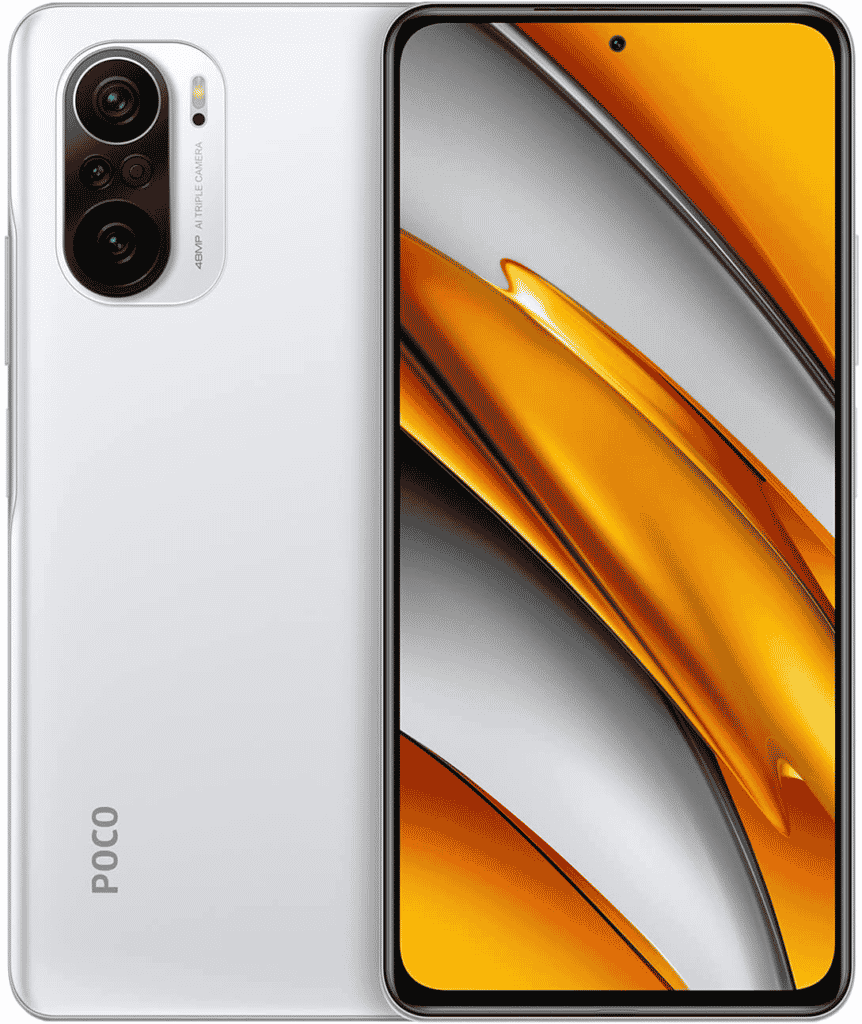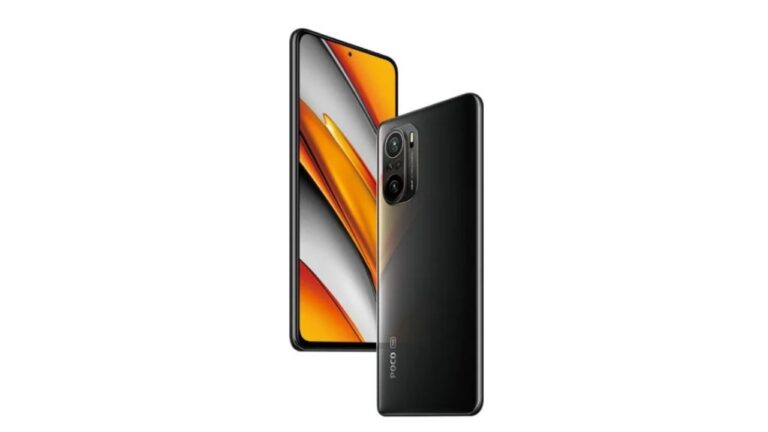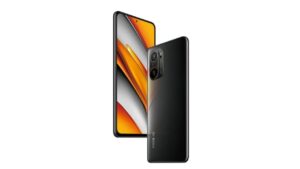TThe Poco F3 was among the earliest in a new product series for Xiaomi’s sub-brand. The company describes it as “The Real Beast,” and it’s positioned as a premium alternative to the Poco X3 Pro, which debuted alongside it. Despite moving into mid-range territory, it maintains ultra-competitive pricing.
The stacked spec sheet says Xiaomi is up to something special here. It has grown to equate a Snapdragon 870 CPU, a 120Hz AMOLED display, and an all-glass body with far more costly devices. But did Xiaomi also cut any corners to get there, and how does it fare in real-world use?
What will you see here?
Design and build:

The Poco F3’s elegance belies its comparatively low price tag. Because of the glass front and back, it feels and looks like a phone that costs more than twice as much. The latter is also one of the most significant design improvements over the Poco X3 Pro, while it still has a plastic frame. As a result, it is incredibly reflecting, to the point that you could easily use it as a personal mirror. That’s only an issue with the silver variant, it’s also available in black, blue, and white. Fingerprint smudges were minimal, and the phone’s Gorilla Glass 5 protection meant you could use it without a cover.
Otherwise, the rear camera module protrudes slightly from the back of the phone, making it difficult to use face-up on a table. The silicone one supplied in the package does a decent job of making this flush, even though it detracts from the appealing appearance.
lt go into camera performance in greater depth later, but there’s not much else to say about the back design. Thankfully, the X3 Pro’s large branding has been replaced with a much more subtle one here.
However, you won’t be gazing at the rear of the phone too much. Flipping it over displays a gorgeous 6.65in AMOLED display, which is a significant improvement over the X3 Pro. It is still restricted to Full HD (1080×2400), but it more than compensates with rich, brilliant colors and a great degree of detail.
Hardware and performance:

The Poco F3 has an appealing look, but it is in terms of performance that the phone truly shines. The Snapdragon 870 processor from Qualcomm powers it. It’s not the top-tier Snapdragon 888, but it’s an overclocked variant of 2020’s flagship 865+. Given that this phone costs less than £350/US$350.
it is combined with an Adreno 650 GPU and 8GB of RAM, albeit the basic configuration reduces the latter to 6GB. The F3 delivered an outstanding performance, blasting through everything.
The F3 barely broke a sweat when doing online browsing, social networking, and light multitasking. It’s apparent that the phone can handle gaming as well — demanding apps like Call of Duty: Mobile and Asphalt 9 were no match for it. This is where the 120Hz refresh rate really shines, albeit not all games support it.
The Poco F3’s great performance, however, isn’t always represented in the benchmarks below the results are approximately in line with many similarly priced devices.
Software and features:

The Poco F3 ships with Xiaomi’s MIUI 12 layer on top of Android 11. You can simply change the default launcher, and an upgrade to Android 12 is likely, but my experience here matches what you’ll receive if you buy the phone now.
There’s no denying that MIUI is a significant change from the so-called “stock Android” seen on Pixel phones, but it’s gotten considerably more user-friendly in recent years.
One of the most noticeable improvements is also a revamped app drawer with fewer rounded corners that automatically classify your apps into different groups. The first screen continues to provide a vertical list of everything you’ve installed, although it takes some getting used to. The search term has been moved to the top of the page.
The Settings menu and notification shade are also noticeably different, although. What’s more difficult to overlook is the abundance of bloatware. The Poco F3 comes with its own clock, calculator, voice recorder, and music player that cannot be removed. However, it is not all terrible news. The selection of dynamic backgrounds is excellent, and familiar features like Digital Wellbeing and the Google Discover feed have been kept.
Cameras:

In order to cram in premium specifications, Poco phones have traditionally traded significantly on camera quality. That works on low-cost phones but is more difficult to accept at this mid-range price point.
On the surface, the F3’s cameras appear to be identical to those of the less expensive X3 Pro. Both have the same 48Mp primary sensor and 8Mp ultrawide, but the Poco F3 increases the resolution of the macro camera from 2Mp to 5Mp and does away with the depth sensor entirely. This appears to be a good decision, as low-resolution sensors seldom contribute much to the photography experience.
Overall, the images in the Poco F3 were really good. The phone excels in landscape photography, with good dynamic range and vibrant colors. This is where the ultrawide lens shines, however it may be effective in a number of scenarios.
Another standout feature was the software-enabled portrait mode, which demonstrated that a dedicated depth sensor isn’t always required. Edge detection was still an issue at times, but exposure and color accuracy were excellent. The macro lens has a greater resolution than the Poco X3 Pro, but it is still the weak point in this package.
Price and value for money

Given all you get with the Poco F3, the pricing is incredibly reasonable. The starting price of £329 (about US$465) includes 6GB RAM and 128GB of storage. The 8GB/256GB edition is normally £349 (about. US$490), but it’s now £339 at the official Mi Store and £319.99 on
Whatever model you choose, it’s difficult not to be amazed by all you’re receiving here. However, competition in this mid-range price bracket is severe. The obvious alternatives are the Google Pixel 4a and Oppo Find X3 Lite, but 2020’s OnePlus Nord is now available at a comparable price. Those solutions may provide a more appealing software experience. But the Poco F3 is hard to surpass in terms of pure hardware.
Conclusion
The Poco F3 is an excellent mid-range smartphone. The stellar hardware is driven by Qualcomm’s 5G-enabled Snapdragon 870 processor, which gives a superb overall performance. This applies to gaming, in which the 120Hz OLED display shines. However, the fast refresh rate has an impact on battery life, particularly when dealing with a lesser capacity than the Poco X3 Pro. Despite significant advancements in MIUI in recent years, the software remains an acquired taste.
A luxury design and a strong set of cameras combine to create a fantastic smartphone experience. But the intensity of the competition makes it tough to recommend. Many individuals will find all they need in the Poco X3 Pro, which costs roughly £100/€100 less than the Poco F3. Unless you care about an OLED display, marginally superior cameras, or a glass back.
















